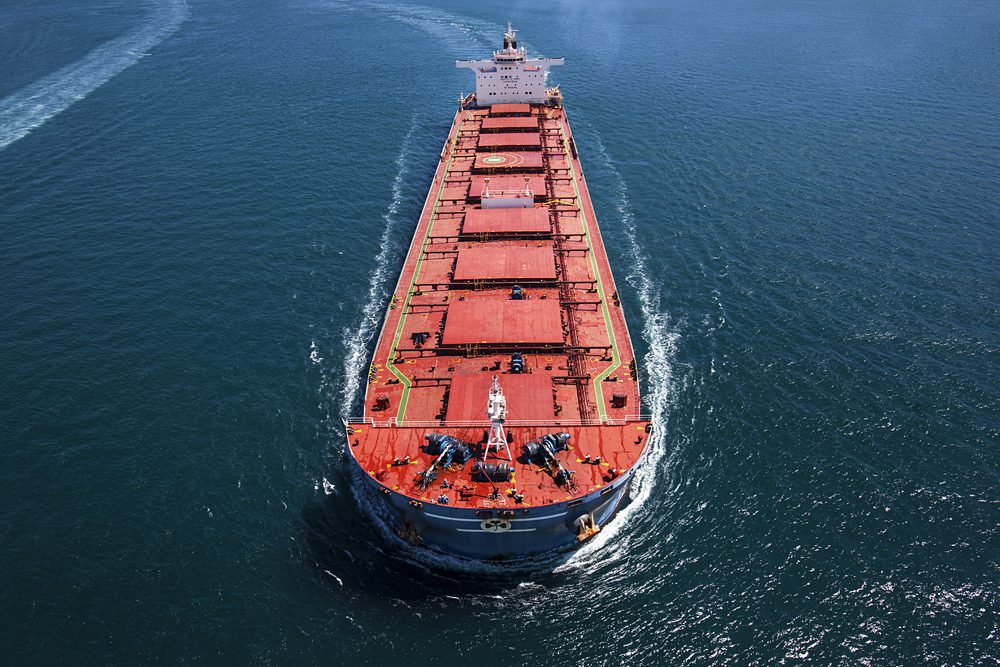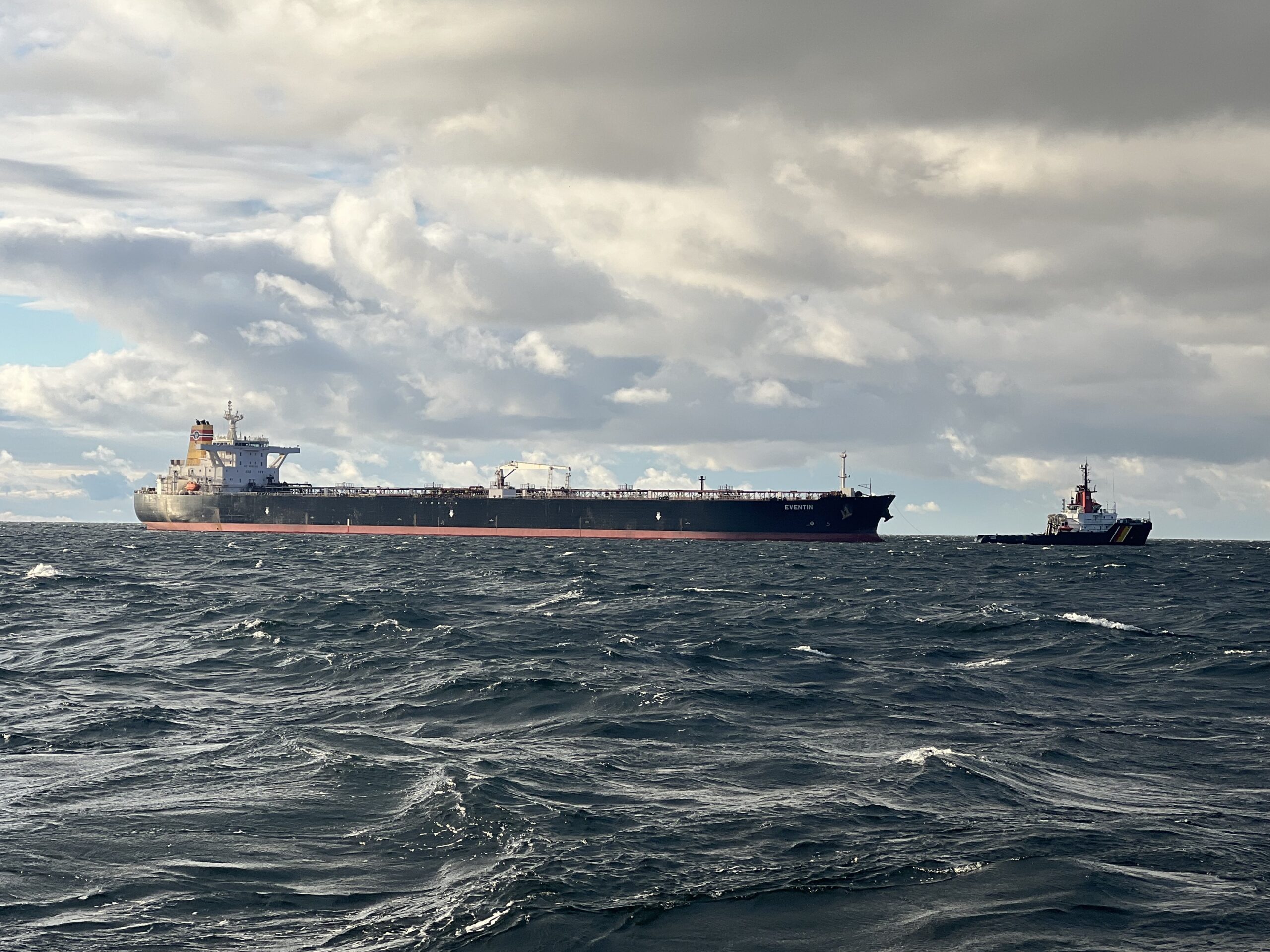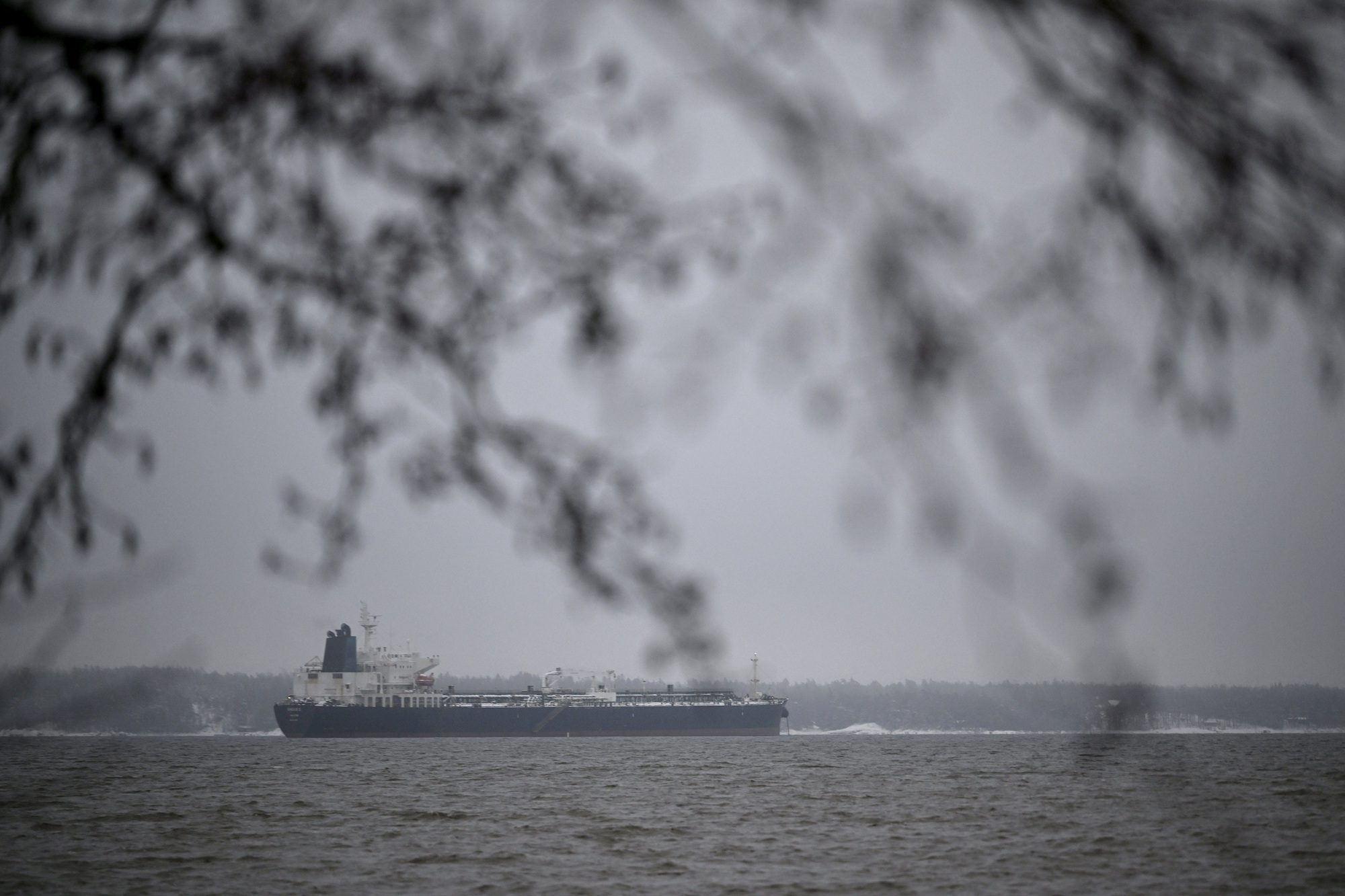By Mike Wackett (The Loadstar) –
Transpacific ocean carriers are holding on to as much of their Red Sea crisis-induced gains as they can, heading into contract talks with BCOs, shippers and forwarders.
Drewry’s WCI Asia-US west coast container spot rate component was flat this week, at an average rate of $4,754 per 40ft, and remains some 140% higher than at the beginning of December.
Rates on the tradelane are being supported by strong US consumer demand, which saw import volumes at the San Pedro Bay ports of Los Angeles and Long Beach spike in January, year on year, by 19% and 23%, respectively.
Moreover, carriers have been judicious with their capacity management in and around Chinese New Year, blanking sailings and allowing other voyages to ‘slide’.
According to Simon Heaney, senior manager container research at Drewry, “it can be claimed as a success story for carriers”.
He added: “The timing of the market resurgence couldn’t have been better for lines, with the annual contracting season fast approaching.”
Indeed, carriers will be on the front foot this year at the JOC TPM conference in early March, the traditional starting point for the annual transpacific contract negotiations.
The WCI Asia-US east coast spot reading slipped 2% on the week, for an average rate of $6,170 per 40ft, but is nevertheless still double the average rate before the Red Sea disruptions.
Elsewhere, Asia-Europe container spot rates continued to ease this week as demand weakened post-CNY. Xeneta’s XSI Asia-North Europe spot reading edged back 1% on the week, for an average of $4,536 per 40ft, and is 260% higher than the average in early December.
For the Mediterranean, the Freightos Baltic Index (FBX) saw a 7% fall in its average Asia-Med spot rates, to $5,758 per teu.
It remains to be seen how long the lines can support their rate gains on the European trades, now that the market is entering the normal slack season and against a backdrop of recessionary impacted low consumer demand.
And shippers are being warned to expect carriers to step up their blanking programmes on the North Europe and Mediterranean routes in the coming weeks, in order to protect rate levels.
Carriers were able to absorb some 300,000 teu of newbuild capacity in January, thanks to the Suez Canal diversions around the African coast, but this month another 120,000 teu has already been delivered, which could see the lines begin to struggle to deploy the new arrivals.
Meanwhile, on the transatlantic tradelane, Maersk has reported “stronger demand” for its European to North America services, noting a “shift in sourcing patterns” linked to the Red Sea disruption.
At the same time, carriers have been busy reducing capacity on North Europe to US east coast loops, with for example OOCL replacing a 13,000 teu vessel with an 8,000 teu ship on its ATE1 service, jointly operated with parent Cosco and CMA CGM, within the Ocean Alliance.
The combination of improved demand and reduced capacity has resulted in another spike in spot rates this week for North Europe to the US east coast, the WCI recording a further 10% uptick, for an average of $2,173 per 40ft.
The Loadstar is known at the highest levels of logistics and supply chain management as one of the best sources of influential analysis and commentary.

 Join The Club
Join The Club










